Top 7 Places to Buy Handmade Ceramics and Pottery in Japan

Japan's ceramic tradition is one of the most respected in the world, rooted in centuries of craftsmanship and regional diversity. Whether you're an experienced collector, a casual shopper, or simply someone who appreciates fine handmade goods, Japan offers a rich landscape of destinations where you can explore and purchase unique ceramic pieces. From earthy stoneware in the countryside to elegant porcelain in urban ateliers, each region of Japan brings its own aesthetic, technique, and history to the craft. This guide introduces the top places to buy handmade ceramics and pottery in Japan, highlighting what makes each location special and where you can shop for authentic works.
Ranking of Places to Buy Handmade Ceramics and Pottery
- Mashiko (Tochigi Prefecture)
- Arita & Imari (Saga Prefecture)
- Seto (Aichi Prefecture)
- Shigaraki (Shiga Prefecture)
- Bizen (Okayama Prefecture)
- Tokoname (Aichi Prefecture)
- Tsuboya (Naha, Okinawa)
1. Mashiko (Tochigi Prefecture)

Mashiko is a charming pottery town located just a couple of hours north of Tokyo. Known for its rustic, functional style, Mashiko pottery reflects a deep connection to the local landscape, using native clay and natural glazes. The town gained international attention thanks to potter Shoji Hamada, a leader in the Mingei (folk art) movement. Today, Mashiko remains a vibrant hub for ceramic artists, both traditional and contemporary.
- Famous for: Rustic, functional pottery with earthy tones.
- Where to shop:
- Mashiko Pottery Cooperative Sales Center
- Mashiko Pottery Fair (May & November)
2. Arita & Imari (Saga Prefecture)
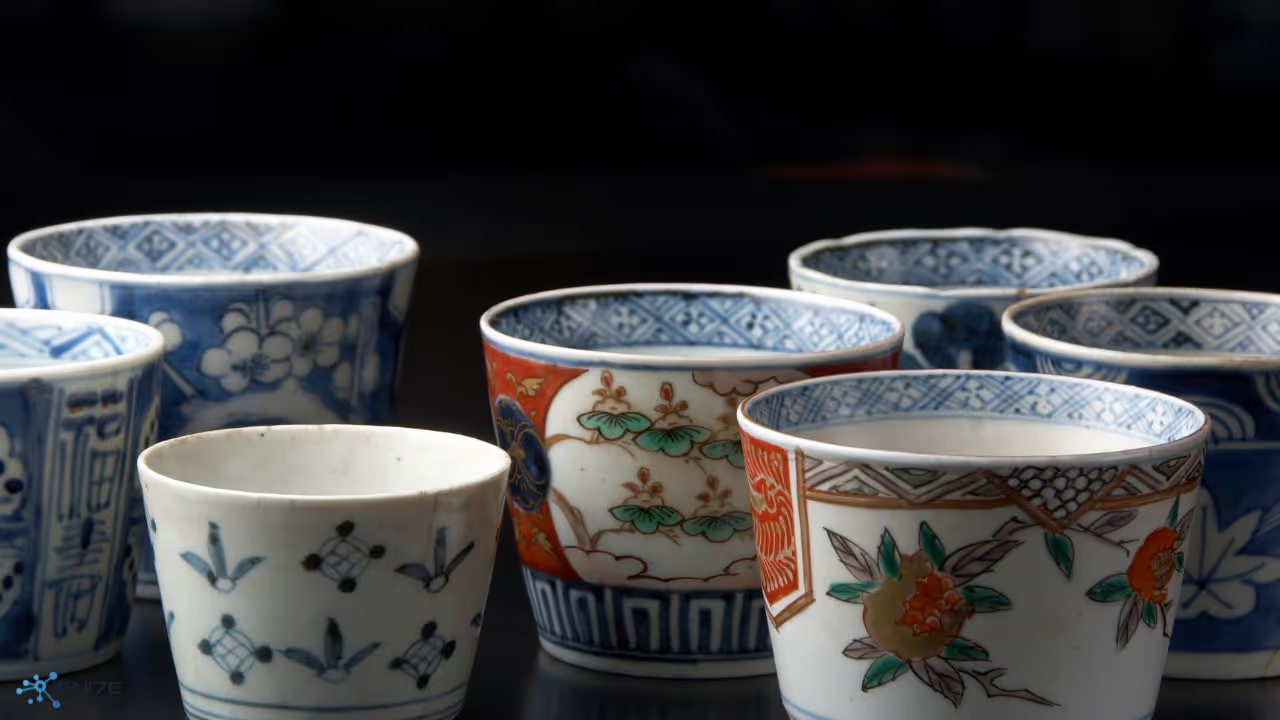
Located in Saga Prefecture on the island of Kyushu, Arita and nearby Imari are synonymous with Japanese porcelain. Arita was the birthplace of porcelain in Japan over 400 years ago, and its refined techniques were later adopted and further stylized in Imari. The porcelain here is celebrated for its delicate blue-and-white patterns as well as richly colored overglaze decorations. Many studios continue to use traditional wood-fired kilns.
- Famous for: Fine porcelain with blue-and-white or multi-colored designs.
- Where to shop:
- Arita Porcelain Park
- Arita Ceramic Fair (Golden Week)
3. Seto (Aichi Prefecture)

Seto is one of Japan's "Six Ancient Kilns" and has played a major role in the country's ceramic development for around 1,000 years. The town's name is so closely associated with ceramics that the word "Seto-mono" became a generic term for pottery in Japanese. Seto ceramics are highly varied, with artisans producing everything from everyday dishes to decorative art pieces.
- Famous for: Wide variety of styles and everyday-use ceramics.
- Where to shop:
- Seto-Gura Museum & shopping arcade
- Setomono Festival (September)
4. Shigaraki (Shiga Prefecture)
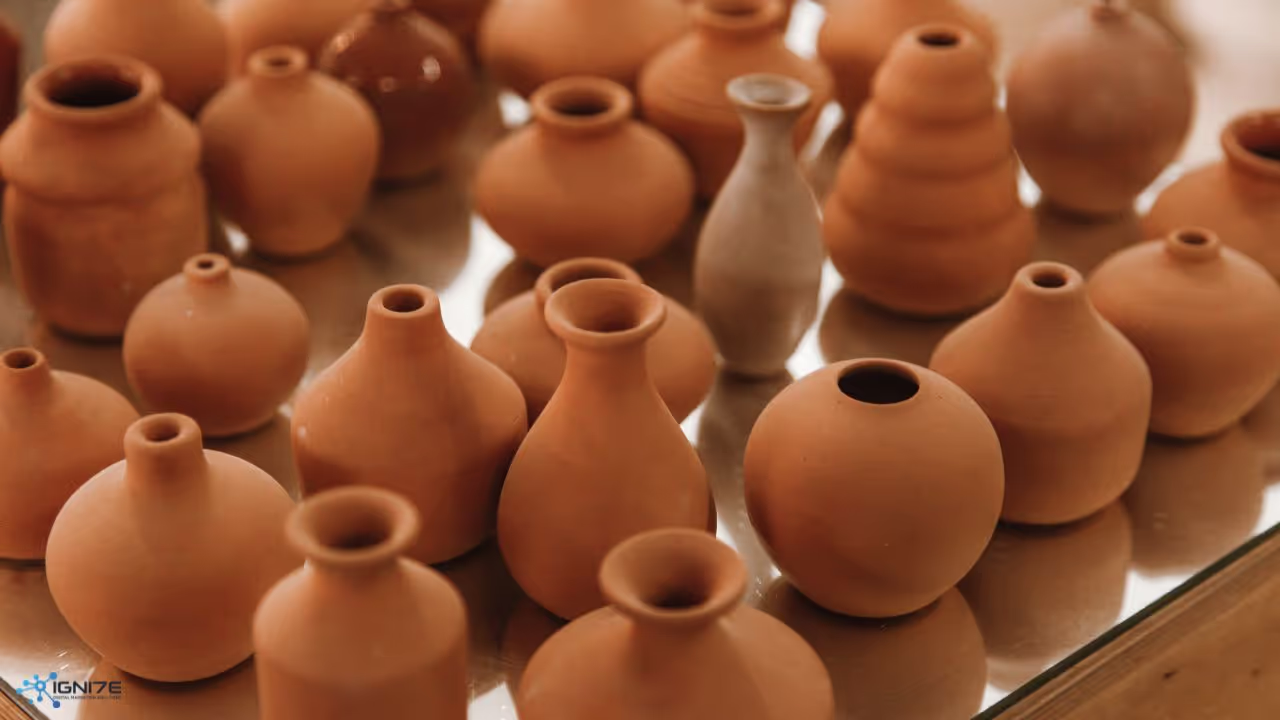
Shigaraki is another of Japan's ancient kiln sites, known especially for its warm, unglazed stoneware and whimsical tanuki (raccoon dog) statues. The area's clay is rich in feldspar, creating a natural glaze effect during firing. Shigaraki ceramics are often left unglazed or partially glazed, showcasing the material's raw beauty. Artists and collectors admire the textures and natural color variations produced by traditional wood firing.
- Famous for: Rustic stoneware and iconic tanuki statues.
- Where to shop:
- Shigaraki Ceramic Cultural Park
- Local pottery shops and kilns
5. Bizen (Okayama Prefecture)
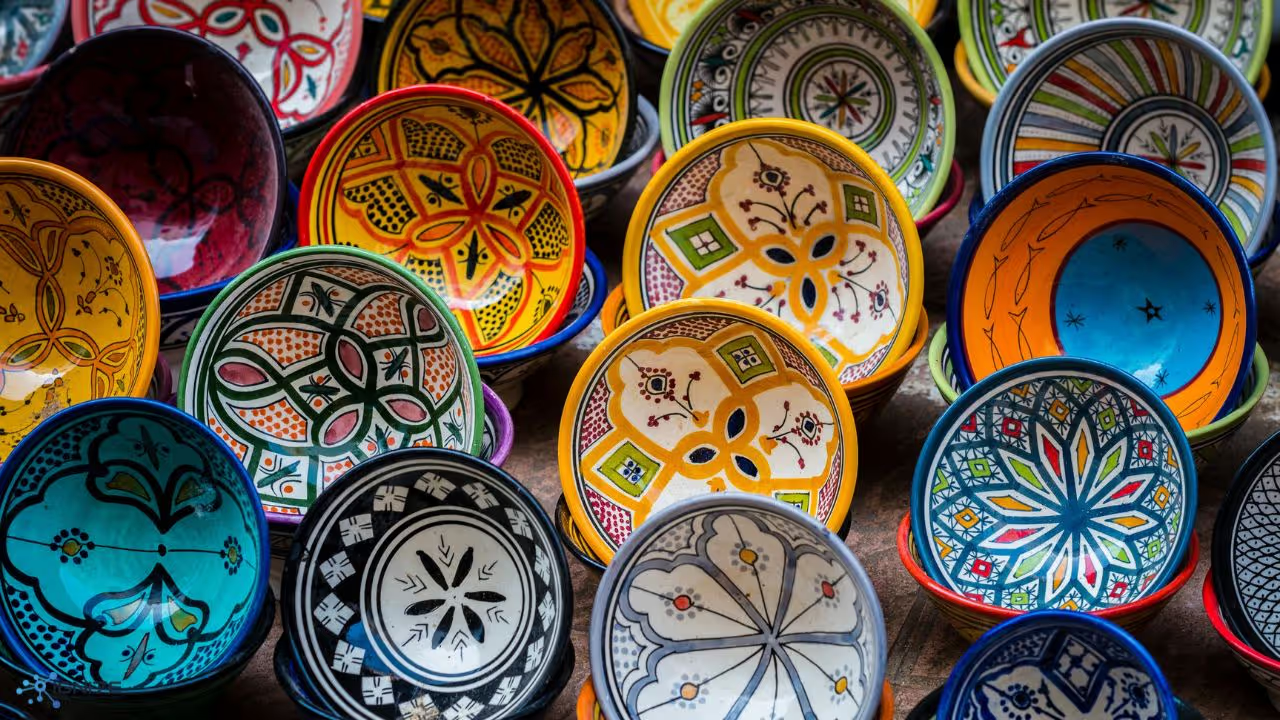
Bizen ware is one of the oldest pottery traditions in Japan, with a history that dates back over 1,000 years. What sets Bizen-yaki apart is that it is unglazed and relies on natural ash and flame patterns created during long wood-fired kiln sessions. This gives each piece a completely unique character. Bizen pottery is valued for its durability, natural colors, and subtle textures.
- Famous for: Unglazed stoneware with natural ash patterns.
- Where to shop:
- Imbe (Bizen Pottery Village)
- Bizen Pottery Festival (October)
6. Tokoname (Aichi Prefecture)
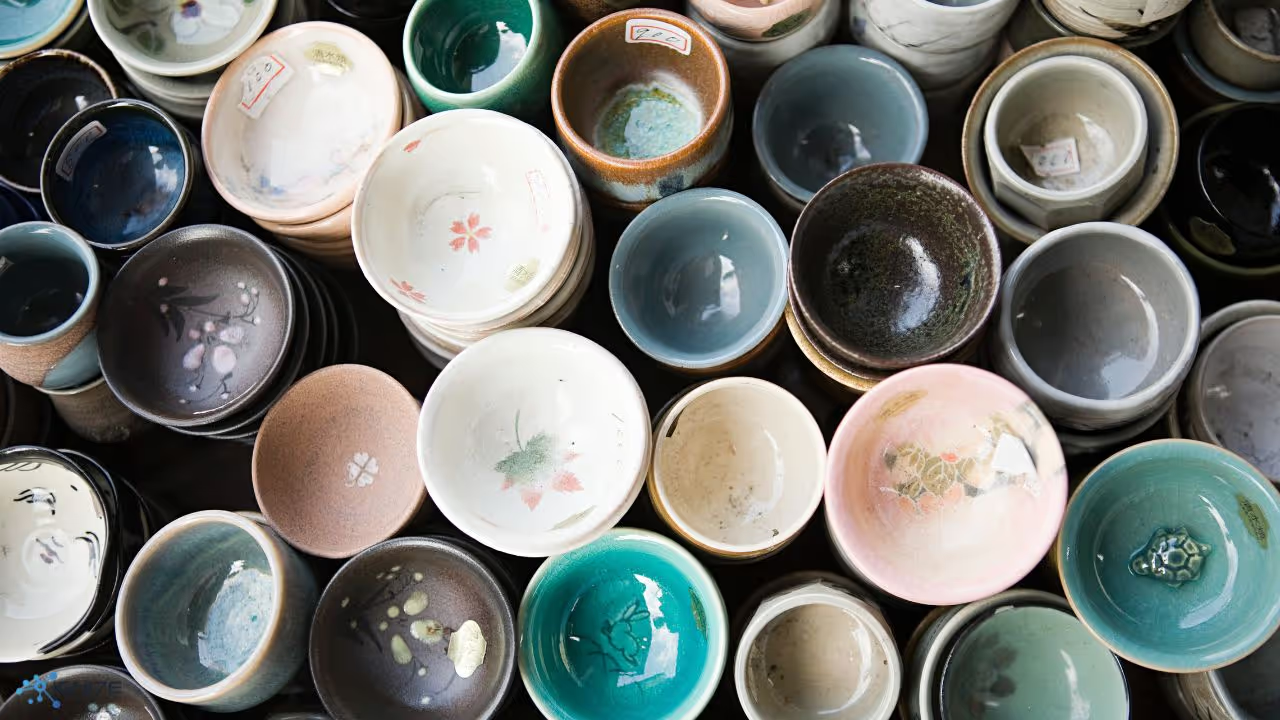
Located near Nagoya, Tokoname is especially renowned for its red clay teapots, or kyusu. The area has been a pottery center for centuries and is also one of the Six Ancient Kilns. Tokoname ceramics are practical yet beautiful, with a focus on everyday items such as teacups, plates, and incense burners. The town offers a pottery path that winds through old kilns, workshops, and galleries, providing a deeply immersive experience.
- Famous for: Red clay teapots and everyday ceramics.
- Where to shop:
- Pottery Footpath
- CeraMall (Tokoname Ceramics Park Association)
7. Tsuboya (Naha, Okinawa)
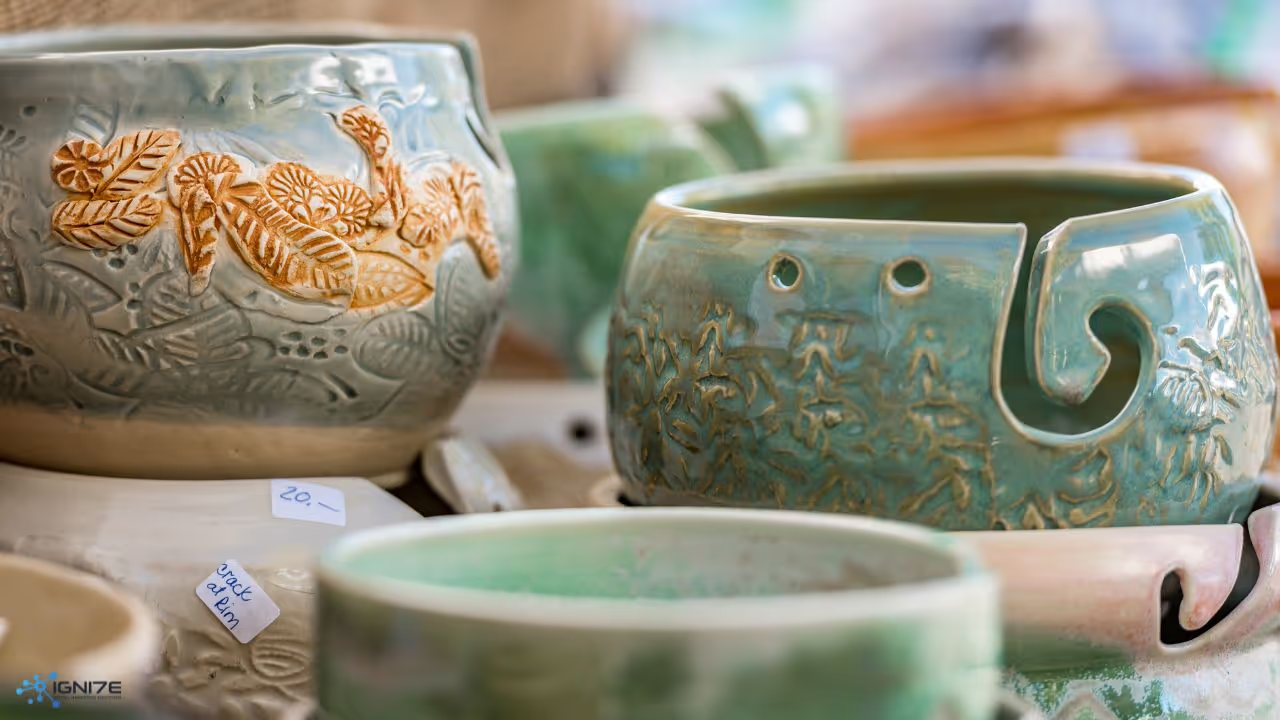
Okinawa has its own distinct ceramic tradition that reflects the region’s subtropical climate and Ryukyuan culture. Tsuboya-yaki features bold forms and vivid colors, often used to create decorative Shisa guardian statues and tableware. Tsuboya, a historic district in Naha, remains the heart of this tradition, with many family-run kilns continuing to produce traditional and modern pieces.
- Famous for: Colorful Ryukyuan designs and Shisa statues.
- Where to shop:
- Tsuboya Pottery District
Conclusion
From mountain kilns to coastal workshops, Japan’s handmade ceramics and pottery reflect the country's deep respect for craftsmanship, nature, and everyday beauty. Each region brings a unique story, technique, and style to the table, offering travelers the chance to explore Japan's rich cultural heritage in a tangible, collectible form. Whether you’re picking up a teacup in Tokoname or admiring porcelain in Arita, your ceramic journey in Japan is sure to be as meaningful as it is beautiful. Be sure to time your visit with local festivals or drop by small studios, as many artisans love sharing their process with visitors and may even let you try the wheel yourself.















